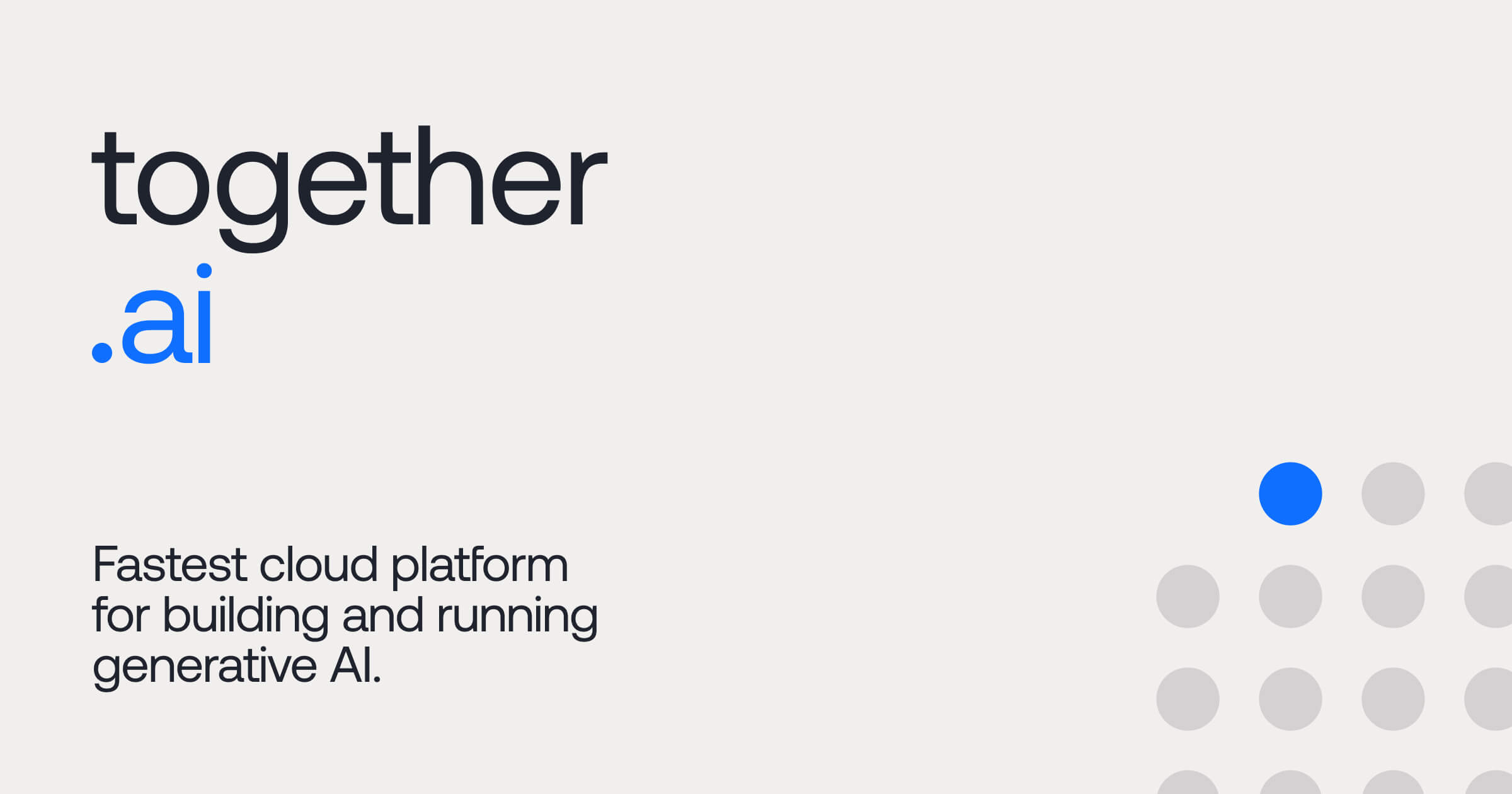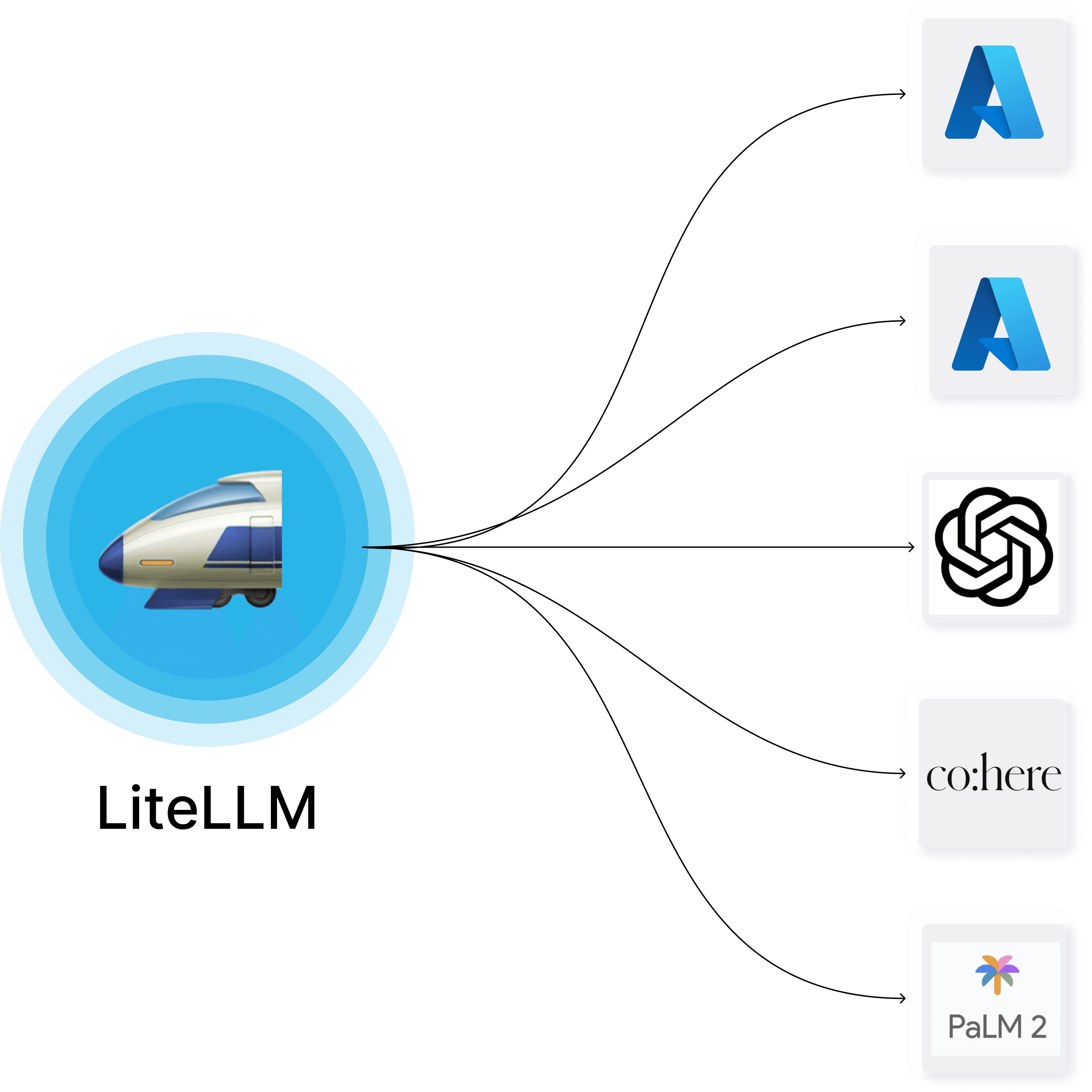🔥Top 5 AI Integration Platforms Similar to OpenRouter

In the rapidly evolving world of artificial intelligence, developers and businesses seek seamless ways to integrate multiple AI models into their applications. Platforms like OpenRouter have popularized the concept of unified APIs, allowing access to diverse large language models (LLMs) through a single endpoint. However, several other platforms offer similar functionality, providing flexibility, cost-efficiency, and model variety. This article explores five top AI integration platforms that serve as excellent alternatives to OpenRouter, complete with their official websites for easy access.
1. Eden AI
Official Website:

Eden AI stands out for its unified API that connects developers to a wide range of AI models for tasks such as text generation, image processing, and speech recognition. Its key strength lies in cost-efficiency, as it automatically routes requests to the most affordable model for each task. Eden AI also supports a no-vendor-lock-in approach, ensuring flexibility for users. With features like pay-as-you-go pricing, caching, and fallback providers, it’s ideal for businesses looking to optimize costs while accessing models from providers like OpenAI, Anthropic, and Google.
2. Together AI
Official Website:

Together AI is a developer-focused platform that provides access to over 50 open-source LLMs, including popular models like Mixtral, Llama, and Mythomax. Known for high-performance inference and low latency, it’s a go-to choice for production-grade applications. Together AI offers free credits for new users, advanced configuration options like mirostat for fine-tuned outputs, and a unified API that simplifies integration. Its emphasis on open-source models makes it a cost-effective and scalable alternative to OpenRouter.
3. Requesty
Official Website:

Requesty is designed for simplicity and reliability, offering a single API to access over 150 models, including industry leaders like GPT, Claude, and DeepSeek. Its provider-agnostic routing ensures minimal downtime by automatically switching to backup providers during outages. Requesty also provides robust analytics, cost and usage tracking, and logging features, making it a favorite for developers who need transparency and control. Its single-endpoint approach mirrors OpenRouter’s ease of use, with added resilience for mission-critical applications.
4. LiteLLM
Official Website:

LiteLLM is an open-source LLM gateway that simplifies interactions with over 100 LLMs through a standardized, OpenAI-compatible API. This platform is perfect for developers who want to integrate AI models with minimal code changes. LiteLLM supports self-hosted models, load balancing, and spend tracking, offering unmatched flexibility. Its open-source nature and compatibility with a broad range of models make it a strong contender for those seeking a customizable alternative to OpenRouter.
5. AI/ML API
Official Website:
AI/ML API provides a standardized interface for accessing various LLMs, abstracting the complexities of provider-specific APIs. It’s designed for rapid development, supporting tasks like text generation and embeddings with consistent request formats. The platform’s scalability and model variety make it suitable for both startups and enterprises. Like OpenRouter, AI/ML API focuses on streamlining multi-model access, enabling developers to build AI-powered applications efficiently.
Why Choose These Platforms?
Each of these platforms—Eden AI, Together AI, Requesty, LiteLLM, and AI/ML API—offers unique strengths, from cost optimization and open-source support to reliability and scalability. They share OpenRouter’s core philosophy of simplifying access to multiple AI models through a unified API, making them ideal for developers and businesses building AI-driven solutions. Whether you prioritize affordability, performance, or customization, these platforms provide robust alternatives tailored to diverse needs.
Conclusion
As AI continues to transform industries, platforms that unify access to LLMs are becoming essential tools for developers. The five platforms highlighted in this article—Eden AI, Together AI, Requesty, LiteLLM, and AI/ML API—deliver powerful, flexible, and developer-friendly solutions comparable to OpenRouter. Visit their official websites to explore their offerings and find the best fit for your AI integration needs. By leveraging these platforms, you can streamline development, reduce costs, and unlock the full potential of AI in your applications.








